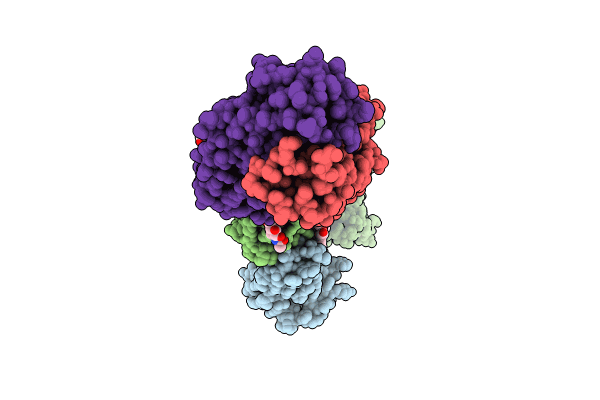
Deposition Date
2023-08-11
Release Date
2024-05-22
Last Version Date
2025-07-16
Entry Detail
PDB ID:
8KEI
Keywords:
Title:
Cryo-EM structure of NADPH oxidase 2 in complex with p22phox and EROS
Biological Source:
Source Organism:
Homo sapiens (Taxon ID: 9606)
Oryctolagus cuniculus (Taxon ID: 9986)
Oryctolagus cuniculus (Taxon ID: 9986)
Host Organism:
Method Details:
Experimental Method:
Resolution:
3.56 Å
Aggregation State:
PARTICLE
Reconstruction Method:
SINGLE PARTICLE


